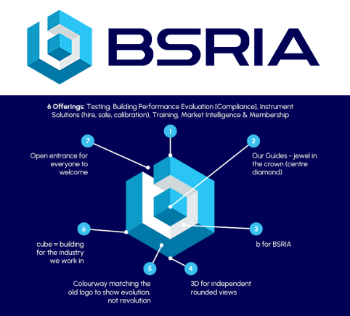Shower
The Building Regulations Approved Document G: Sanitation, hot water safety and water efficiency, suggests that the term ‘sanitary appliance’ means a ‘… WC, urinal, bath, shower, washbasin, sink, bidet and drinking fountain. It also includes appliances that are not connected to a water supply (e.g. composting toilet) or drain (e.g. waterless urinal).’
Under these regulations, sanitary appliances collect and remove waste matter and are generally grouped into two categories: soil appliances and wastewater appliances. Wastewater appliances are primarily used to collect and remove water once it has been used. A shower is considered a type of wastewater appliance under this definition.
The Scottish Building Standards, Part I. Technical Handbook – Domestic, Appendix A Defined Terms, defines a shower as a sanitary accommodation or a sanitary facility.
Showers are typically cubicles with a drain at the bottom, and a fixed shower head, or a shower head attached to a flexible hose, that produces a spray of water that allows users to clean themselves. They might be connected to a hot and cold water supply wth a mixer valve to control the temperature, or they may have an electric heater that allows cold water to be heated instantaneously. Shower appliances might also be installed in wet rooms, or attached to the taps of a bath.
For more information see: Types of showers.
The word 'shower' might also refer to a brief period of light rain, snow or hail.
NB The Illustrated Guide to Hot and Cold Water Services (BG 33/2014), written by Reginald Brown and published by BSRIA in 2014, it states: ‘Basic electric showers incorporate a heating element but rely on the cold water supply pressure. Power showers include an integral pump for use with low water supply pressures.’
[edit] Related articles on Designing Buildings
- Approved Document G.
- Approved document M.
- Bath.
- Bidet.
- Lavatory.
- Level access shower
- Sanitary accommodation.
- Sanitaryware.
- Shower vs bath
- Types of sanitary appliances.
- Types of showers.
- Waste water.
- Wet room.
[edit] External resources
Featured articles and news
Spring Statement 2025 with reactions from industry
Confirming previously announced funding, and welfare changes amid adjusted growth forecast.
Scottish Government responds to Grenfell report
As fund for unsafe cladding assessments is launched.
CLC and BSR process map for HRB approvals
One of the initial outputs of their weekly BSR meetings.
Architects Academy at an insulation manufacturing facility
Programme of technical engagement for aspiring designers.
Building Safety Levy technical consultation response
Details of the planned levy now due in 2026.
Great British Energy install solar on school and NHS sites
200 schools and 200 NHS sites to get solar systems, as first project of the newly formed government initiative.
600 million for 60,000 more skilled construction workers
Announced by Treasury ahead of the Spring Statement.
The restoration of the novelist’s birthplace in Eastwood.
Life Critical Fire Safety External Wall System LCFS EWS
Breaking down what is meant by this now often used term.
PAC report on the Remediation of Dangerous Cladding
Recommendations on workforce, transparency, support, insurance, funding, fraud and mismanagement.
New towns, expanded settlements and housing delivery
Modular inquiry asks if new towns and expanded settlements are an effective means of delivering housing.
Building Engineering Business Survey Q1 2025
Survey shows growth remains flat as skill shortages and volatile pricing persist.
Construction contract awards remain buoyant
Infrastructure up but residential struggles.
Warm Homes Plan and existing energy bill support policies
Breaking down what existing policies are and what they do.
A dynamic brand built for impact stitched into BSRIA’s building fabric.






















